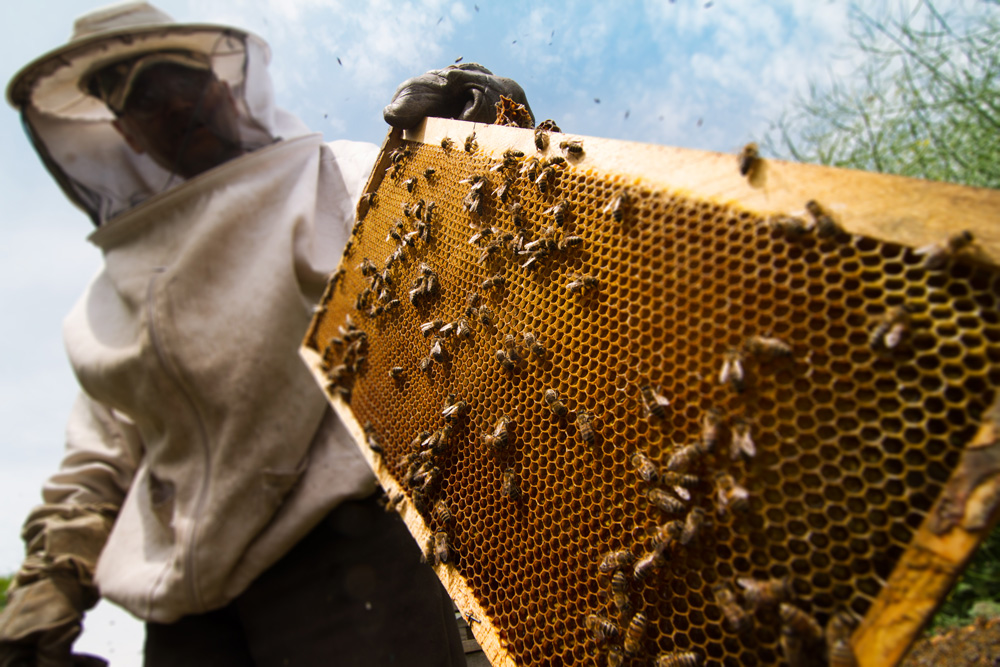Is air pollution driving insect decline?
The ‘Thriving Hive’ project is working with beekeepers to investigate the effects of air pollution and microplastics on honeybee health and productivity in the UK.
We worked with beekeepers across the West Midlands to map particulate air pollution in real time and record particulate matter on honeybees and in their hives.
- 97% of all bees, both those foraging outside, and those nursing larvae in the hive, carried car tyre particles on their bodies.
- We also found polyethylene terephthalate (PET), Nylon, polydimethylsiloxane (PDMS), PVC, polypropylene (PP), Urea-methanol and cellophane.
- Foraging bees carried more particles than nurse bees.
- At the local level urban sites were, on average, less polluted than rural sites
- Higher honey production was estimated by beekeepers in areas of lower airborne pollutants (suggesting a potential indirect effect).
Additionally, we examined a subsample of bees to investigate the impact of air quality on eye structure as an indicator of honeybee functional biology We found that ommatidium diameter (the size of the small lenses that make up the bees compound eye) was significantly smaller in bees sampled in areas of high air particulate concentration when compared with those sampled in area of low particulate concentration. These results indicate that the honeybees in areas of higher particulate concentration may have an added challenge when foraging as we know that ommatidium diameter plays a role in object identification. This research was exploratory and requires further work to confirm.
Find out at more at www.thrivinghive.co.uk

